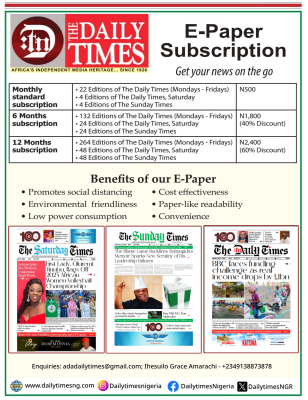Why Your Business Needs a Memorable Logo (And How to Make One)

When you think of iconic brands, what’s the first image that pops into your head? Chances are, it’s a logo. The golden arches of McDonald’s. The swoosh of Nike. The bitten apple of Apple. Logos aren’t just images—they’re emotional triggers.
In a split second, they tell a story, evoke trust, and distinguish one business from another. But while global giants may have massive design budgets, the truth is every business, big or small, deserves a logo that sticks.
Whether you’re launching a startup, rebranding, or simply trying to polish your business identity, having a logo that resonates is no longer a luxury—it’s a necessity.
The Power of First Impressions
Your logo is often the first interaction someone has with your brand. Before they read a single review, scroll through your services, or visit your store, your logo is already working for (or against) you. That’s why creating a logo shouldn’t be treated as an afterthought. It’s your visual handshake.
The good news? You don’t need to hire an expensive agency to get started. With the right tool to design logos, you can create a professional-looking visual identity in minutes—even without a background in design.
What Makes a Logo Truly Memorable?
Let’s break it down. The most memorable logos have a few things in common:
- Simplicity: The best logos aren’t complicated. Think of Instagram’s camera icon or Twitter’s bird. Simple shapes and colors make logos easy to recognize and remember.
- Relevance: A playful font might work for a children’s bookstore but would look out of place for a law firm. Your logo should reflect your brand’s personality, tone, and industry.
- Timelessness: Trends come and go. Aim for a logo that won’t look outdated in two years.
- Versatility: Your logo should look great on everything—from a website header to a social media avatar to a printed business card.
- Distinctiveness: If your logo looks like everyone else’s, you’ll blend into the background. A great logo helps you stand out in the crowd.
Common Mistakes to Avoid
Even with the best intentions, many businesses fall into these logo design traps:
- Overcomplicating the design: Too many fonts, too many colors, or too many ideas can clutter the visual message.
- Copying others: It’s okay to seek inspiration, but outright copying dilutes your brand identity and credibility.
- Ignoring scalability: A logo that looks great on a billboard might be unreadable on a business card.
- Forgetting about color psychology: Colors carry meaning. Blue often implies trust, red can signal energy, and green is commonly linked with growth or eco-friendliness.
How to Start Designing Your Logo
Even if you’re not a designer, you can still create something beautiful and functional by following these steps:
- Know your brand: What are your values? Who is your audience? What emotion do you want to evoke?
- Gather inspiration: Look at brands you admire. Identify what you like about their logos.
- Choose your design elements wisely: This includes colors, fonts, and icons that represent your brand personality.
- Draft multiple versions: Don’t settle on the first attempt. Iterate. Test. Get feedback.
- Test your logo in different environments: Try it in black and white, on different devices, on print and digital media.
Real-World Inspiration: Logos That Work
- Airbnb: A simple icon that represents people, places, love, and “A”—the brand’s first letter. It’s meaningful and modern.
- FedEx: Look closely, and you’ll see a hidden arrow in the white space between the E and X—a clever nod to delivery and speed.
- Spotify: A green circle with curved lines that visually represent sound waves—perfectly aligned with what they offer.
These logos work not because they’re flashy, but because they’re intentional.
Final Thoughts
Your logo is the silent ambassador of your brand. It’s the cornerstone of your visual identity and one of the most powerful tools you have to make a lasting impression. Whether you’re building your brand from scratch or giving it a much-needed facelift, investing time and care into your logo will pay off.
Remember, a great logo doesn’t just look good—it communicates. And in a world overflowing with content, a logo that connects emotionally and visually can be your most valuable asset.
So if you haven’t already, start designing. Your brand deserves to be seen—and remembered.







